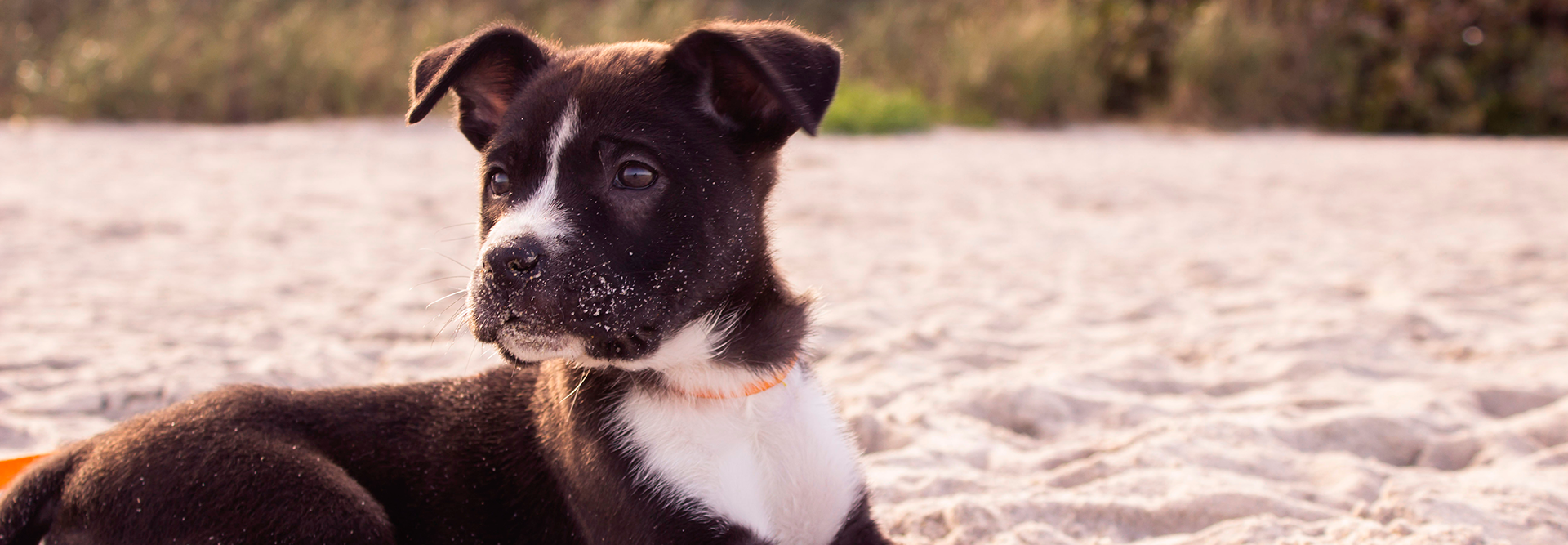
Getting a new puppy? Congratulations! You have a fur-ever friend you’ll be able to count on for the rest of your life. To ensure your puppy has a happy life, it’s important to be ready with the best puppy items you can find. The thing is: finding the right puppy products is easier said than […]
Getting a new puppy? Congratulations! You have a fur-ever friend you’ll be able to count on for the rest of your life. To ensure your puppy has a happy life, it’s important to be ready with the best puppy items you can find.
The thing is: finding the right puppy products is easier said than done.
For example, at any Petland store location, you will find countless varieties of beds, collars, harnesses, dog food brands, and other essential items for puppies of all ages.
With so many to choose from, you may be tempted to splurge on items that your puppy won’t need for a while (at least at their current age!).
We want to help you make the best shopping decisions for your puppy. That’s why we put together a quick puppy supply list. Once you check off each item on this blog, you’ll have the best items your puppy will need for the first few months at home.
So before you head off to buy that fluffy doggy bed, here are 7 must-have puppy supplies to look at:
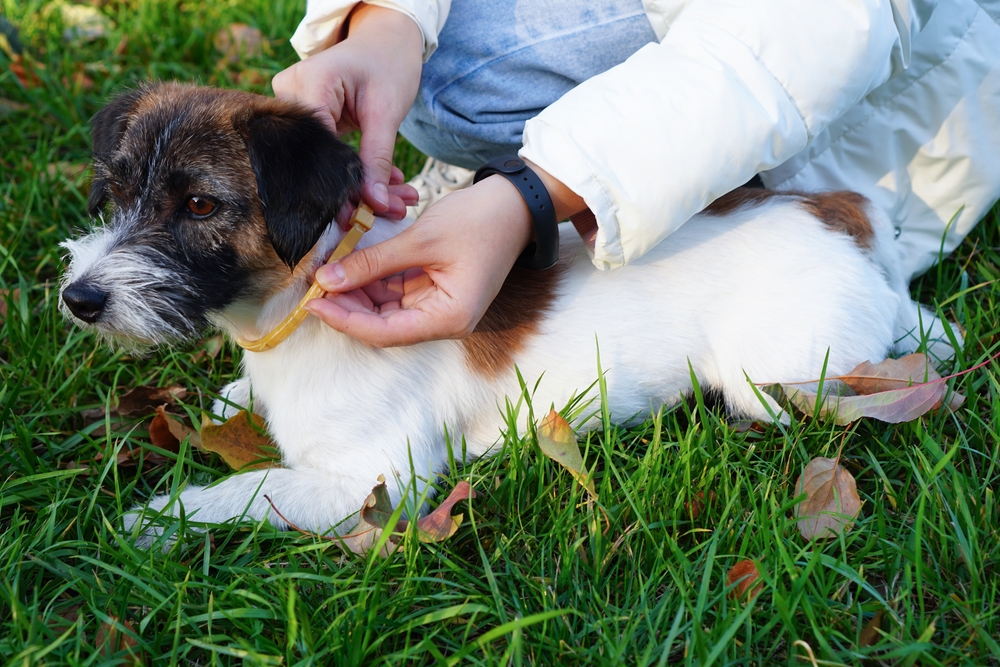
What are two items that can help you protect and control your puppy? A collar and leash, of course!
Collars and leashes for puppies are a must-have item for any new puppy parent. A collar offers a perfect place for an ID tag and license. Leashes give you control over your puppy’s speed and distance during walks.
To pick the right collar for your puppy, be sure to choose a collar that isn’t too tight or too loose on the neck. Healthy puppies grow quickly so you will need to buy new collars to accommodate their growing size.
If you aren’t sure, place two fingers under your puppy’s collar and neck. A collar that’s too tight will squeeze your fingers (and make it hard for your puppy to breathe!).
As for leashes, try selecting a leash that’s at least 6 feet long. A 6 feet long leash offers enough space for your puppy to explore their surroundings while also preventing the leash from getting tangled or dragged onto the dirty floor.
Leashes are also great training aids for obedience training. Just be sure to get your puppy used to the collar and leash at an early age—puppies aren’t born knowing how to walk with a leash!
Also, you can personalize your puppy’s collar and leash with unique, cute, or branded designs. Many unique, designer collars and leashes are available for purchase online and in various pet stores.
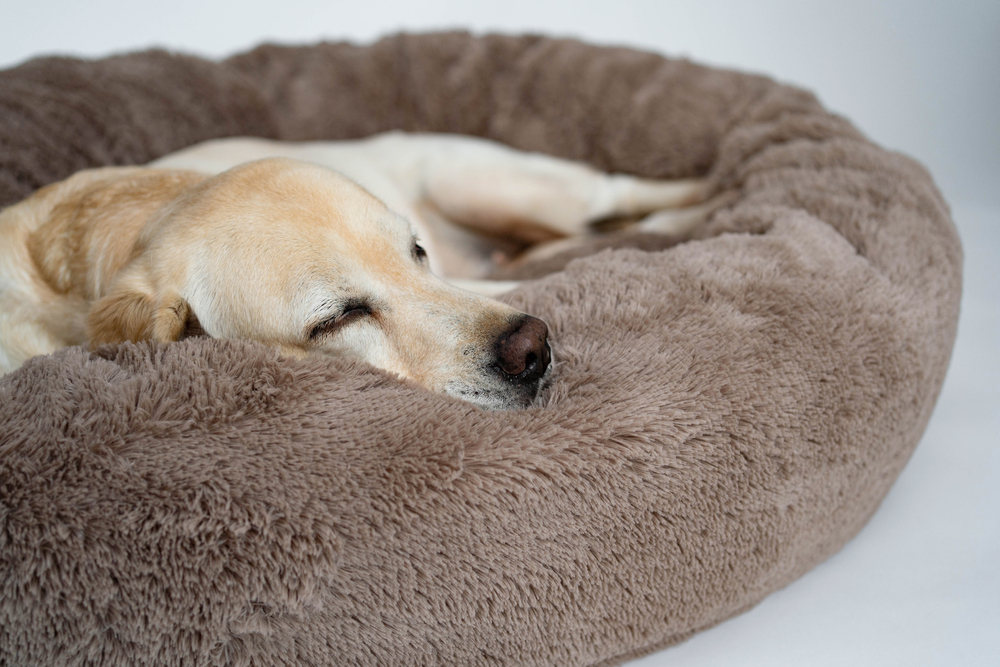
Puppies need a cozy, comfy dog bed for sleepy time too! Before you bring your furry friend home, have a dog bed ready for that first month they’re with you.
For your furbaby’s extra comfort, choose a bed made with soft fleece to give keep them nice and toasty while they sleep.
Your puppy’s bed should be big enough to accommodate their growth and breed size. For example, if your puppy belongs to a large dog breed, it makes sense to buy a dog bed designed for a large dog.
Double-check how big your puppy might be as a full-grown adult. There are a variety of dog beds available for large, medium, and small-sized dogs.
Of course, you can also purchase bigger, fluffier beds as your puppy grow older. It’s all up to you!
As you start crate training your puppy, place their dog bed inside their crate or kennel. When you do this, your furry friend will associate their crate with a space to sleep. You’ll have an easier time house and potty training your puppy after you turn their crate into a “den-like” area.
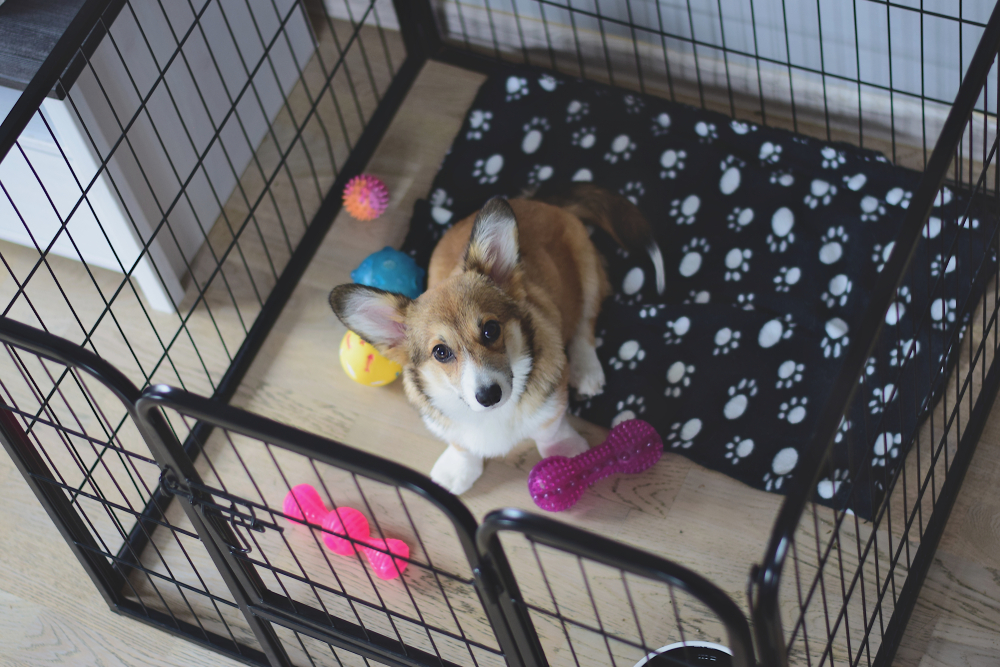
Whether it’s a crate, kennel, or playpen, having a closed space is a must-have, especially if you’re training your puppy.
When house training, a puppy playpen or gate allows you to watch what your puppy is doing and train them to adopt good behaviors. You can also mark some rooms in your house as off-limits for your puppy.
Kennels and crates for dogs serve as a resting spot for your puppy to doze off or relax. Crates also make great training tools for any puppy that’s still house or potty training.
Now, crate training a dog takes time. First, you’ll need to consider dog crate sizes. Your puppy’s crate should be big enough for them to roll over, lay down, stretch, and sleep. It should never be big enough for your puppy to use a corner as a toilet.
Your puppy will also need time to grow used to its crate. As we mentioned before, we recommend placing their dog bed inside their crate to give them a cozy, comfortable spot for their rest.
An alternative to a dog bed is a dog kennel. Dog kennels are larger than crates, which provide your fur-baby (and other puppies) with extra room to walk around and play in.
Most kennels are robust and made to last as permanent outside structures. Like crates, it’s crucial to choose a kennel that matches your puppy’s size. You can find a large, medium, and small dog kennels in-store and online.
Any crate or kennel that is den-like and contains ample space is perfect for your puppy.
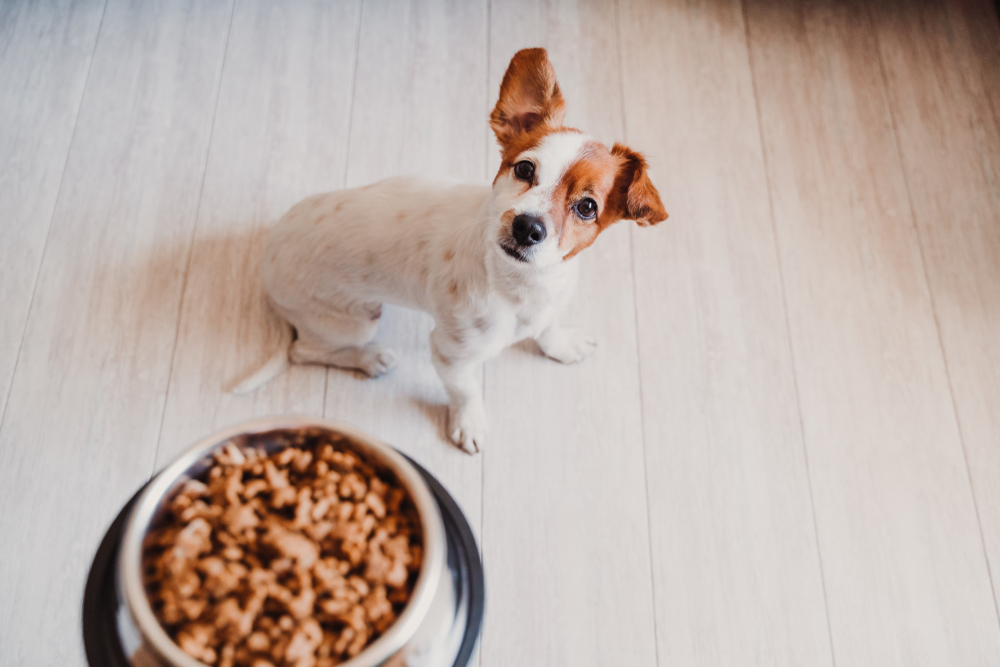
The most important puppy item every puppy needs is dog food. However, with so many brands claiming to be “the best dog food for puppies”, the search for the right food brand becomes a challenge.
Most dog food comes in two types: wet food and dry dog food. The best wet dog food contains more proteins, is low in sugar and fats, and lacks artificial ingredients. The same applies to dry dog food.
Your puppy needs a reputable food brand that can nourish its growing body based on its age and size. These food brands offer puppies a mix of essential nutrients and minerals. The number of nutrients your furry friend needs comes back to their size and breed.
If you’re having trouble deciding on the right kind of food for your puppy, check out our blog, Choosing the Right Food For Your Puppy.
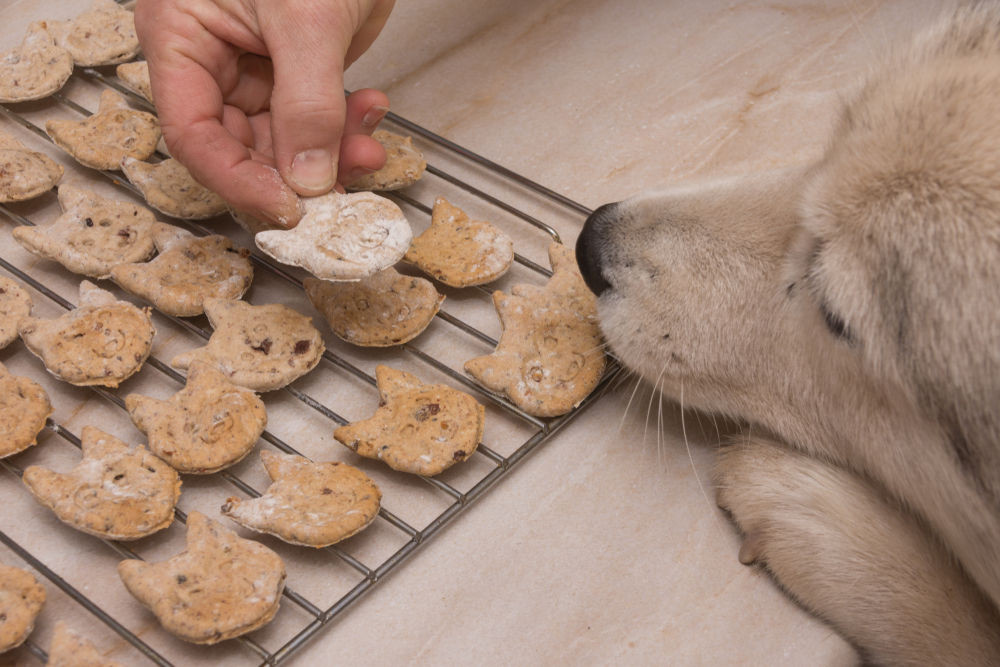
Treats are the highlight of any puppy’s day. While treats can serve as a yummy snack for well-behaved puppies, they’re also excellent aids for house and obedience training purposes.
Use puppy treats when you want your puppy to perform an action like “sit”, “stay”, “roll over”, and the like. If your puppy is in their teething stage, puppy teething treats are a great (and soothing) distraction!
Your puppy will definitely demand more but be careful not to fall for those cute, doe-like eyes. Treats for puppies should only be given sporadically and in small quantities so that your fur-baby can taste the reward, not relish it.
Overfeeding is linked to obesity in dogs and causes puppies to become picky eaters. If you’d like to make your own treats for your puppy, try out our recipes in our blog post, 5 Best Homemade Biscuits for Your Puppy.
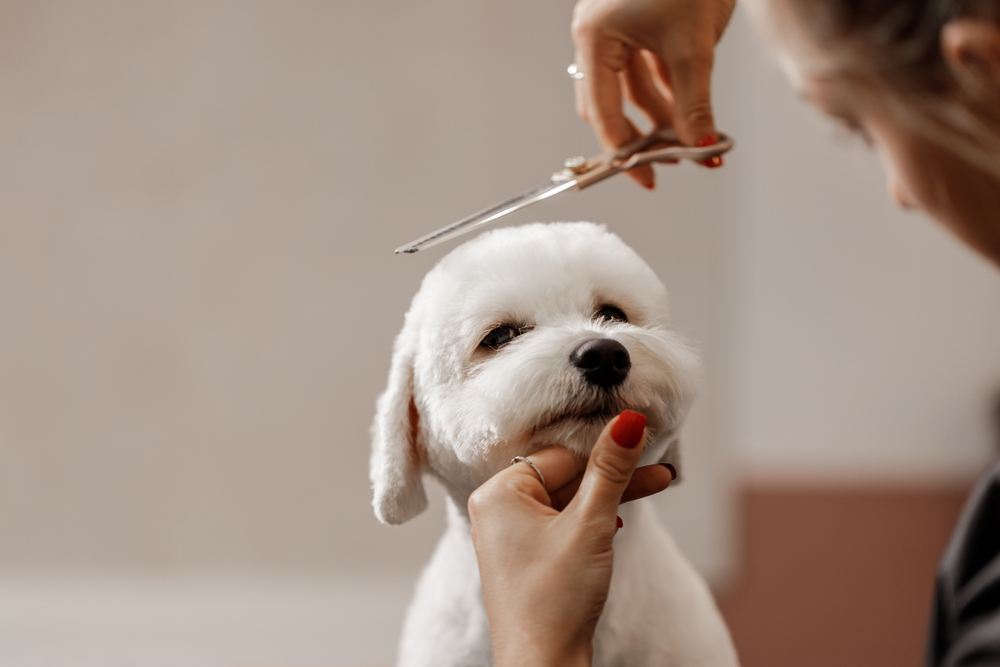
Grooming is an essential part of your puppy’s health. Establishing a puppy grooming routine at an early age keeps your puppy’s hair clean and knot-free. It also teaches your puppy how to behave while you brush away.
Most puppies require regular hair brushing, bathing, combing, and nail clipping. These items are available at pet stores, or you can find a reputable groomer who can perform these services for you.
Grooming a puppy is hard work but don’t give up if your first try doesn’t come out the best. Take a look at our blog, Puppy Grooming for more tips on the best grooming techniques.
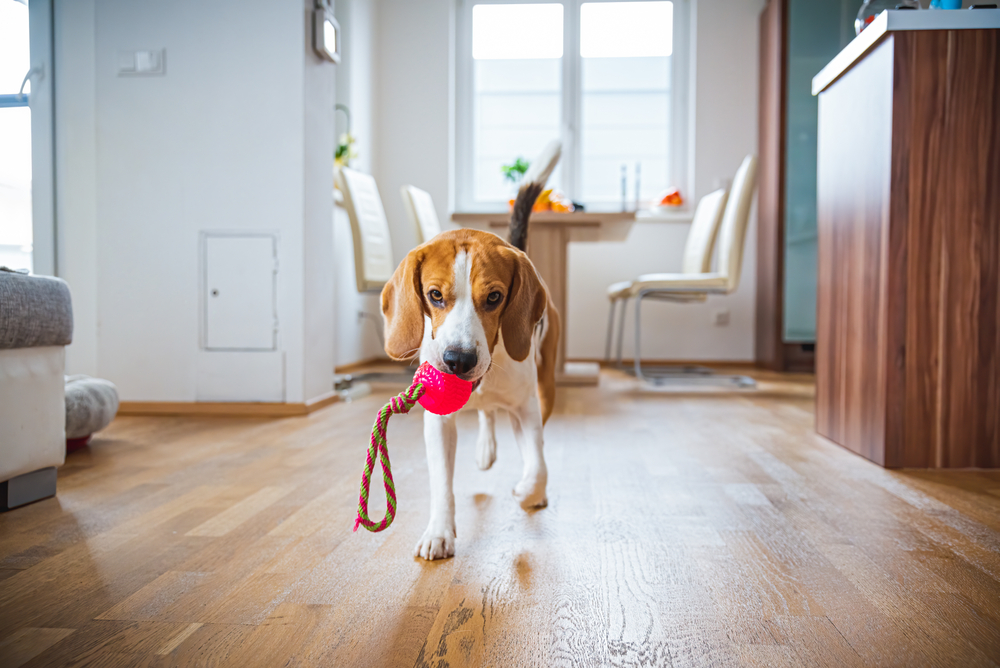
Puppies love toys just as much as they love food. Whether they’re feeling playful or mischievous, your puppy may direct their attention towards their toys. And if they’re teething, the better!
To satisfy your puppy’s need to gnaw or chew, offer squeaky dog toys, stuffed animals, rope toys, and toy balls for dogs. Teething puppies also benefit from doggy teething toys, which soothe their painful gums.
You can also test your puppy’s brain smarts with Kong toys. These toys encourage your puppy to paw and chew at it to get the treat inside of it. Although it may not seem like much, Kong toys are mentally stimulating and fun.
If you would like more ideas on puppy toys, check out our 5 Must-Have Puppy Toys.
Don’t wait until the final minute! Be a responsible puppy parent and purchase these must-have items before your puppy comes home! We hope that these puppy supplies help you prepare for the new furry friend who’s waiting to be your lifetime companion.
Want to know how you can build a strong bond with your puppy? Take a look at our 5 Ways to Bond with Your New Puppy.